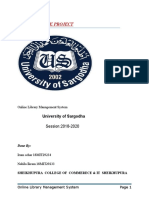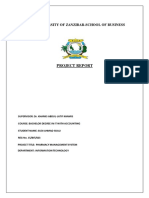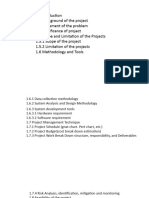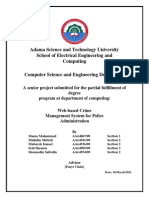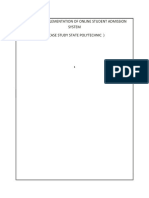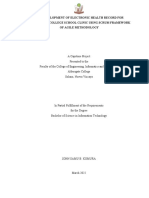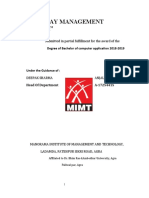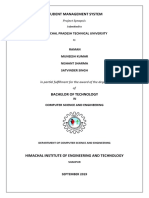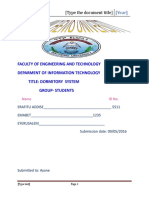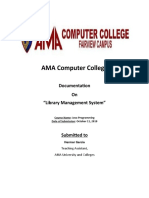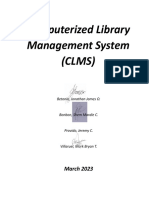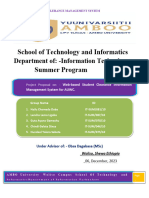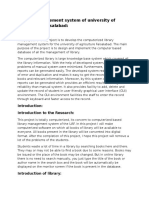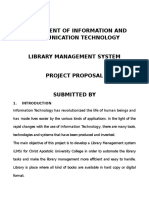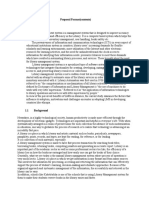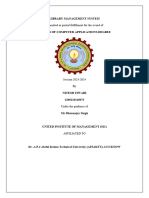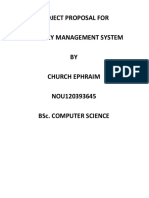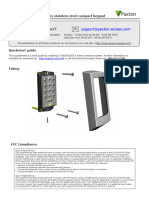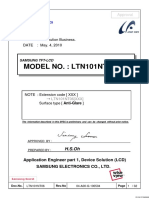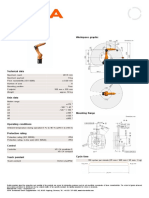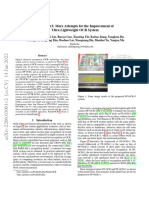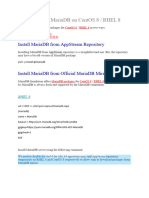0% found this document useful (0 votes)
1K views22 pagesLibrary Management System
This document presents a case study on developing a computerized library management system for the Kenya National Library Services in Buruburu, Nairobi. Currently, the library uses a manual system for storing and accessing information that is time-consuming. The proposed new system aims to develop an easy-to-use, interactive system that allows fast and easy storage and access of information. It will also provide users access to the internet without assistance. The study collects data through questionnaires to examine the existing system and identify gaps, with the goal of improving access and management of the library system.
Uploaded by
Jamian LamoCopyright
© © All Rights Reserved
We take content rights seriously. If you suspect this is your content, claim it here.
Available Formats
Download as DOCX, PDF, TXT or read online on Scribd
0% found this document useful (0 votes)
1K views22 pagesLibrary Management System
This document presents a case study on developing a computerized library management system for the Kenya National Library Services in Buruburu, Nairobi. Currently, the library uses a manual system for storing and accessing information that is time-consuming. The proposed new system aims to develop an easy-to-use, interactive system that allows fast and easy storage and access of information. It will also provide users access to the internet without assistance. The study collects data through questionnaires to examine the existing system and identify gaps, with the goal of improving access and management of the library system.
Uploaded by
Jamian LamoCopyright
© © All Rights Reserved
We take content rights seriously. If you suspect this is your content, claim it here.
Available Formats
Download as DOCX, PDF, TXT or read online on Scribd
/ 22














